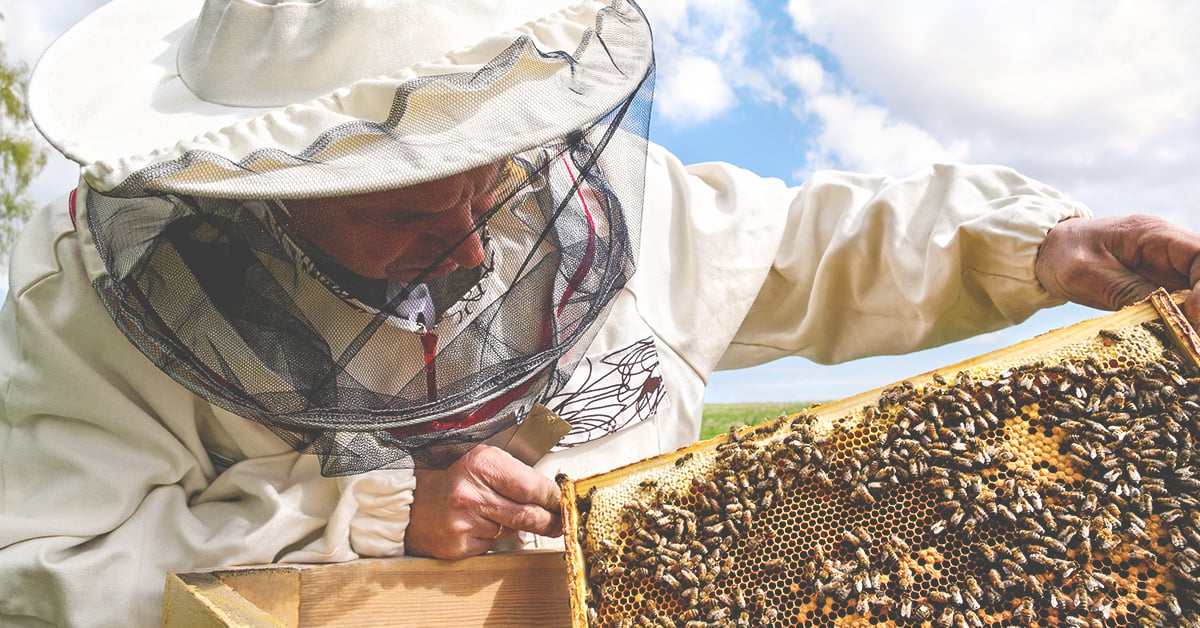
Whether you’re a seasoned professional beekeeper, or you simply enjoy beekeeping as a hobby with your family, there are a few issues that often pop up with every beekeeper.
Let's walk through the most common problems, along with possible solutions.
Poor Nutrition
You may not think about providing your honey bees with nutrition... but bees are just like cows, chickens, horses, pigs, etc. They need more supplemental nutrition than ever before to survive and reproduce. And, the reason starts with us.
“The nutritional requirements of honey bees are huge. And, a lot of things in our environment absolutely destroy honey bees,” says professional beekeeper Martin James, CEO of Slide Ridge Honey. “The things we’ve done over the years through our farming practices, ditch banks, our roadsides, chemicals, etc., it all affects the honey bees.”
So how do you know if your honey bees are lacking enough nutrition? If you’re losing more than about 20% of your hive during the winter, the problem is likely nutrition-related. Another way to check your bees’ protein level is to check the brood chamber.
According to James, bees need about 500 square inches of pollen to get through the winter. If there isn’t enough pollen, the bees will be protein deficient. Bees also need a healthy supply of carbohydrates to survive the winter. A simple check of the weight of the hive is a good test for carbohydrates. The hive should weigh about 80 pounds of (including bottom box, top box, lid, etc.) If the hive is lighter than that, you’ll want to add honey or syrup to that level.
Nutrition supplement options
Luckily, supplementing your bees’ nutrition level is easy. You can find a variety of supplements, including liquid bee food with trace mineral supplements, candy boards (to help with supplementing carbohydrates) and other products at any IFA Country Store. Our beekeeping experts can get you the right nutrition supplement for your particular hive.
Varroa Mites
One other important item for beekeepers is controlling varroa mites. The varroa mite, which lives on the outside of the bee and reproduces in the comb, carries a variety of diseases harmful to the bees. Controlling the varroa mite is critical to ensuring a healthy hive next spring.
Learn how to check your hive for varroa mites
Mite treatments are easily executed. But, to make sure you’re doing what is necessary to prevent devastation to your hive, James suggests talking to the bee experts at IFA. We can show you exactly what steps need to be taken and in what quantity. We can also help with any other tips to keep your bees happy, healthy and productive all year long.
Let Us Help
As new beekeeping challenges and problems arise, visit your local IFA Country Store to get help and advice from experienced fellow beekeepers. We have the knowledge and products to help you get your hive back on track, and keep it healthy.
Information for this article was provided by Martin James, CEO of Slide Ridge Honey in Mendon, Utah.







